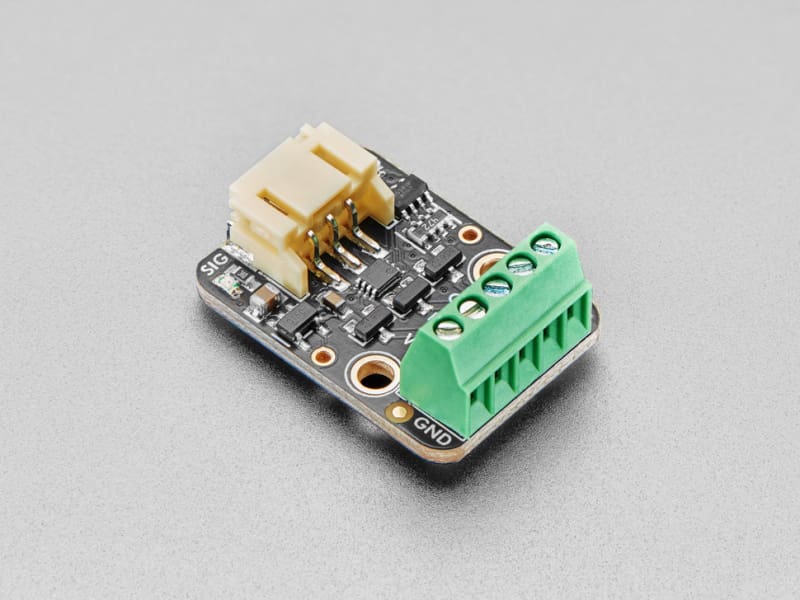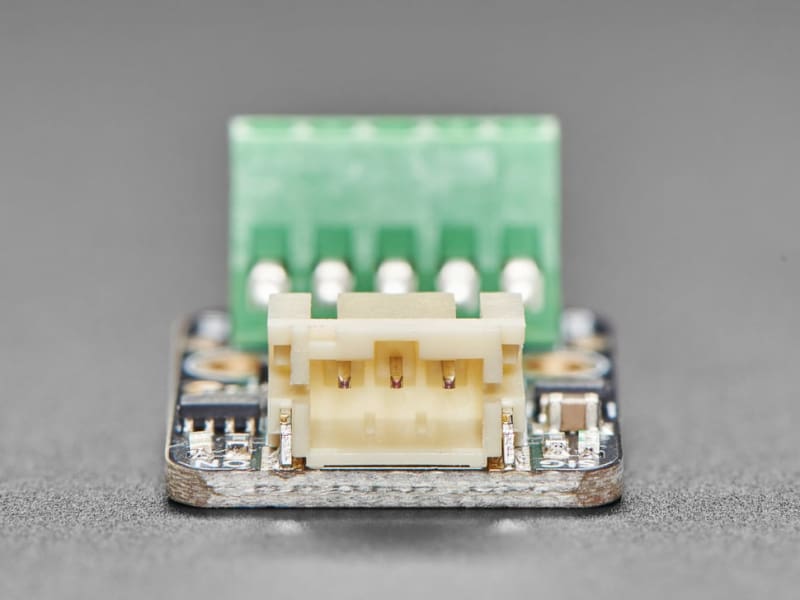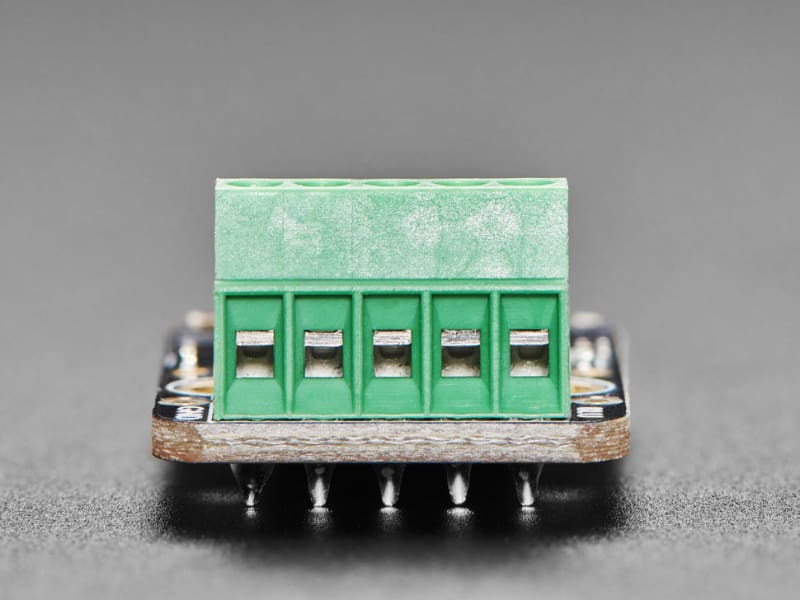NeoRGB Stemma - NeoPixel to RGB PWM LEDs and Strips - STEMMA JST PH 2mm (ID:5888)
£4.99 ex VAT
Whenever we're working with 'true analog' LED strips, that have 1-3 channels of RGB or White LEDs, we wish we had already invented to make wiring them easier: controlling these strips takes a bit of wiring since they almost always need 12VDC and driver FETs. Now, Adafruit finally created the Adafruit NeoRGB Stemma board - which will make our lives easier, and maybe even some customers too!
The NeoRGB is a no-soldering, plug-and-play STEMMA board with a 2mm JST PH connector on one end, and a 5-pin 0.1" screw terminal block on the other. It can convert standard 800KHz NeoPixel signal using a WS2811F chip to AO3406 N-channel FETs that are high efficiency and can sink a chunk of current - 3 Amps a piece with 50milliOhm Ron!
Basically, this means that you can treat any PWM-able common-anode RGB LED strip or LED as a single NeoPixel, at up to 16V and 3 Amps per channel. Perfect for large analog LEDs or arrays, LED strips, even ones that are not RGB, such as controlling 3 independent single-channel LEDs or strips. Note that the WS2811 bare chips don't support 4 channels, so this won't work on RGBW strips.
If you are using less than 2A of current total across all 3 channels:
- Connect the white wire to your NeoPixel-compatible signal, 3 or 5V logic.
- Connect the red wire to 3-16VDC, this will power the LED strip
- Connect the black ground wire to your microcontroller and power supply shared ground
If you are using more than 2A of current total across all 3 channels, you'll need to wire the power supply to the terminal block since JST PH connectors are only rated for 2A.
- Connect the white wire to your NeoPixel-compatible signal, 3 or 5V logic.
- Connect your 3-16V power supply positive pin to the V+ to the terminal block, keep the red wire from being used by taping it or cutting it off.
- Connect the 3-16V power supply ground pin to the GND on the terminal block
- Connect the black wire as a 'reference' ground to your microcontroller that is providing the NeoPixel signal
An onboard green ON LED will let you know that it is powered correctly, and a red Signal LED will lightly blink when data is sent on the Signal line. If you need to chain more than one, or want to connect some other NeoPixels to the output, there's a pin for the Output signal on the board.





